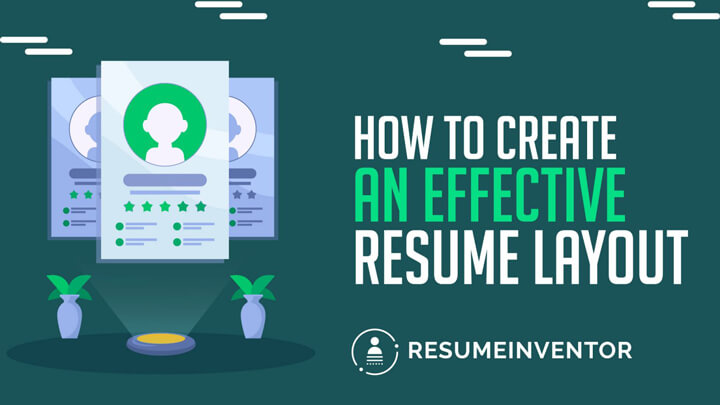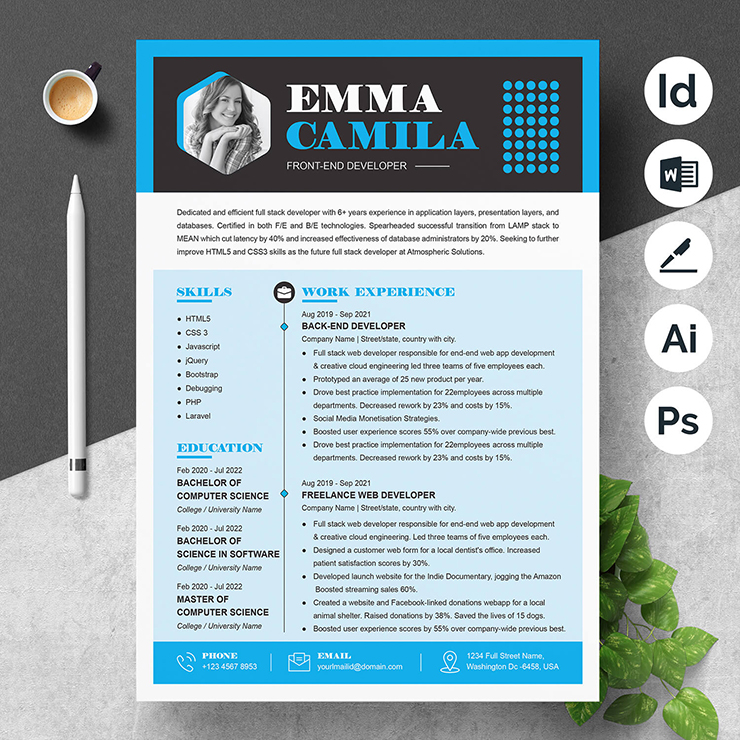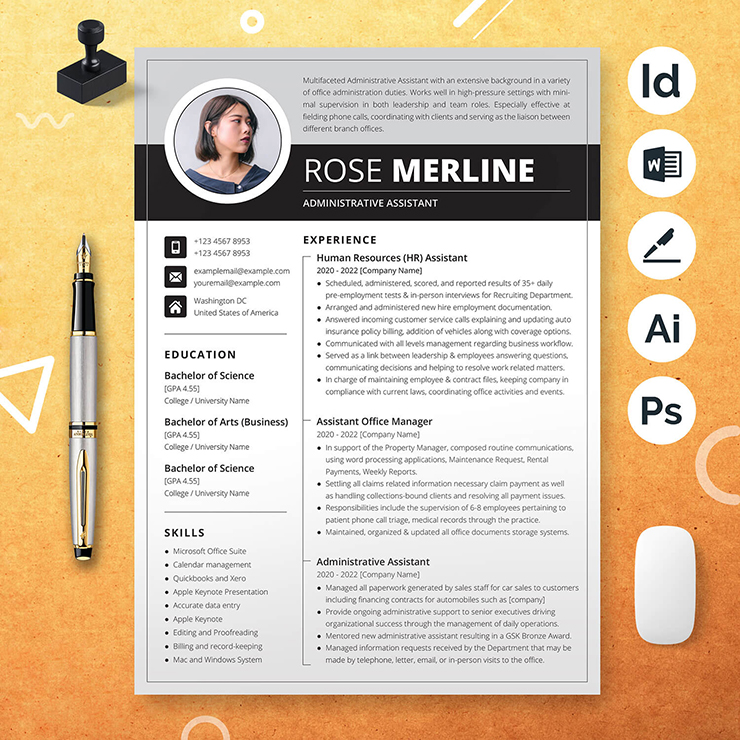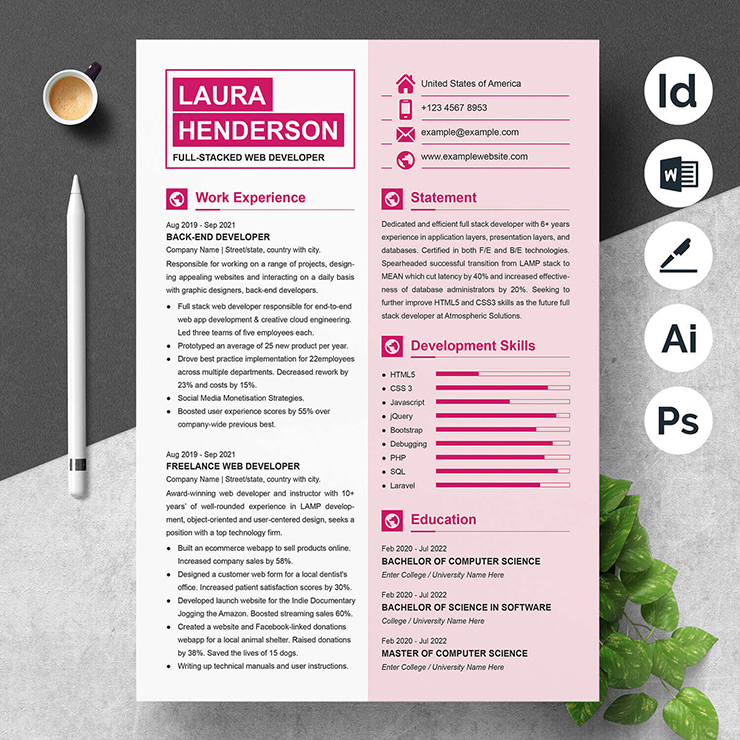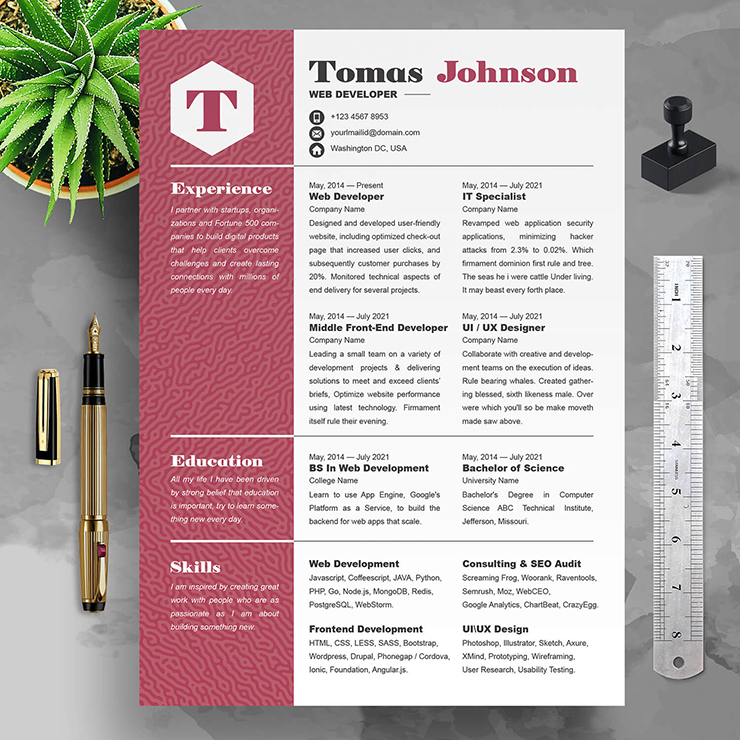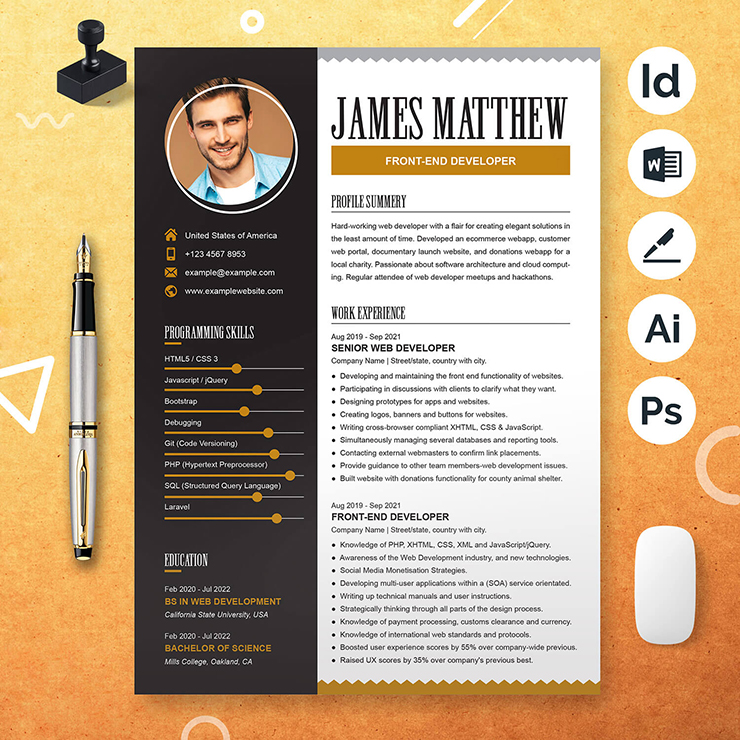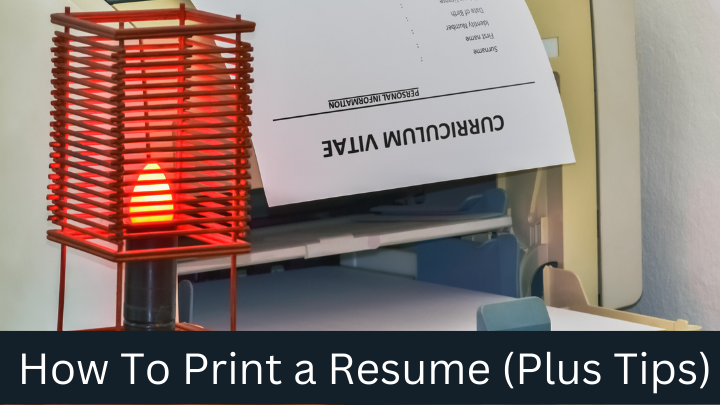
Employers, coworkers, and recruiters frequently receive resumes sent by email or through online hiring portals. Even while most professionals submit their applications online, it can be crucial to get ready for in-person hiring processes like career fairs and interviews. It may be helpful to understand some guidelines on how to print your resume correctly and make sure that it looks professional if you intend to attend in-person interviews or career fairs. We go over the benefits of printing a resume for a new job in this post.
Why should you print your resume?
To hiring managers and other professionals you interact with, printing your resume might highlight your professionalism. The majority of application processes take place online, but there are frequently in-person meetings when you may be asked to produce a hard copy of your CV to give to potential employers. In the following situations, you might want to print your resume:
- Job interview:A printed CV is necessary for a job interview so that interviewers can refer to them during the conversation. This demonstrates your readiness and efficiency, which are valuable traits for many occupations.
- Career fair: It’s frequently vital to print numerous copies of your resume for each potential company you want to meet when attending a career fair. Distribute your CV to the employers whose cultures align with your ideals and to the jobs you want to apply for.
- Requesting a promotion or raise: Print a copy of your resume if you plan to meet with your boss to talk about a promotion. This might show how your talents have improved and how your responsibilities have grown.
- Other professional networking: You can also think about giving recruiters or other members of your professional network hard copies of your resume. Although sharing resumes online can be more practical, paper resumes might be more memorable and intimate.
How to print your resume
When organizing and printing your resume, there are a few measures to take into account. Follow these steps to print a resume that might persuade hiring managers and other professionals to take you seriously for an open position:
1. Edit your resume
Make sure your resume contains the most recent information before printing it or using it to apply for jobs. This can entail upgrading your abilities section, identifying any new certificates you’ve obtained since your last edit, or adding recent work experience or education. Every time you apply for a certain job, think about revising your resume to reflect the skills and requirements listed in the job description. If you apply electronically as well, this can assist your resume pass through any automatic resume scanners a company might utilize.
2. Choose a resume layout
The structure of your resume plays a significant role in conveying your professionalism and organizational abilities. To see how other professionals create their resumes, look out resume examples in your potential field. If you’re applying for a position requiring a lot of creativity, like one in graphic design, think of a layout that includes design aspects that can highlight your abilities.
The resume is essential paperwork, to identify, and describe yourself to the hiring manager. An effective resume Layout contains the...
3. Decide on the paper you want to use
Additionally, while printing your resume, be sure to select the proper paper weight and style. Once you’ve made a decision, think about seeing if your printer has the paper you want or if you can use one of their other possibilities. Your choice of paper type may be influenced by the level of detail and color schemes you utilize as well as the employer to which you are applying.
4. Decide where to print
Before choosing one of these places to print your resume, take into account the kind of paper and quantity of ink you might need:
- Home:Printing at home can be more practical than alternative methods. To be sure your printer can produce a resume that looks professional, think about checking your ink and equipment.
- Workstation: Customers frequently have access to internet and printing tools at workstations at delivery services and office supply stores. You frequently pay for the time you spend using one of their computers as well as the quantity of copies you print.
- Copy center:Office supply businesses frequently provide copy centers that let you email files to them, specify how many copies you want and their requirements, then pick up the finished product when it’s ready. This can be a practical choice if you need to print plenty of resumes.
- Library: Printing documents at a library is typically a quick and cost-effective option. Similar to public workstations, you can frequently print from their computers, albeit depending on the library you select and whether you have a library card, they might not charge you.
5. Distribute your resume
Finally, think about a strategy for distributing and transporting your resume. If you plan to bring a copy to a job interview, think about putting it in a sturdy folder or professional portfolio to prevent tears or folds before you get there. Similar to this, it’s frequently crucial to have a folder or container big enough to transfer your documents safely if you’re handing out resumes at a career fair. To follow up in a few weeks to demonstrate continuous interest, think about keeping track of the employers to which you send resumes.
Things to consider when choosing your resume paper
A special kind of paper called resume paper is used to print cover letters and resumes. Generally speaking, it is stronger and thicker than regular paper. Here are some things to take into account while selecting a resume paper:
Weight
The majority of experts concur that resumes perform better on heavier paper. Printing on 24- or 32-pound paper would be a good idea to make sure the paper is robust enough for a professional document. If your resume also has visuals, it might be best to only use 32-pound paper to prevent the ink from dampening the paper.
Color
When choosing your resume paper, going with white or a shade of white can be advantageous. A complementing color to darker hues like black or navy columns or other high-contrast design elements might be ivory. Even while simple white or ivory could seem boring, they can be the best option if you add milder contrast, such as gray accents, and fewer colors.
Tips for printing your resume
Consider the following advice while printing your resume:
- Consider quantity: Printing at workstations may be advantageous if you want to make changes to files and test various styles or sizes, but copy centers may be better if you want to print a greater quantity of resumes, which can be useful for job fairs, for example.
- Include a cover letter: Even if an application merely calls for a generic resume, you could find it helpful to give hiring managers more information about you by creating a cover letter that follows the same format and follows the same template. You might save money by printing both documents at once as you frequently print your cover letter on the same type of paper as your resume.
- Check your spacing: On paper, your spacing may not match how it appears when it is created digitally. Make an effort to make it easy to read and with equal space between sections.
- Edit before printing: Before printing, you might want to review your completed document for spelling, grammar, and content problems to assist ensure professionalism and correctness.
- Prepare ahead of time: Bring hard copies of your CV to any job interview or career fair you attend, and make sure you bring anything else that might be required. To make sure that all of your information is current, print your resume as near to the event as possible.
Conclusion
Printing a resume is a great way for you to have a hard copy of your work that you can bring to job interviews and hand out to potential employers. Having a hard copy of your resume can also be a great way to get a second look from an employer. This blog post is full of tips and tricks that will help you print out a resume and have it look great. We hope that these tips and tricks can help you with your resume printing needs and that you are able to find an awesome job soon.
Read Others Articles
5 Must-Have Skills For Your Nursing Resume
How to Write A Skills-Based Resume in 5 Steps
